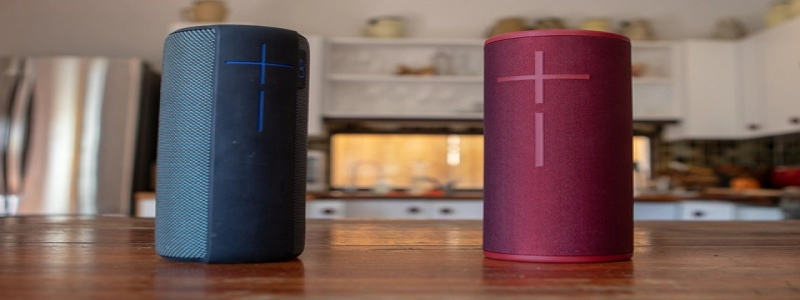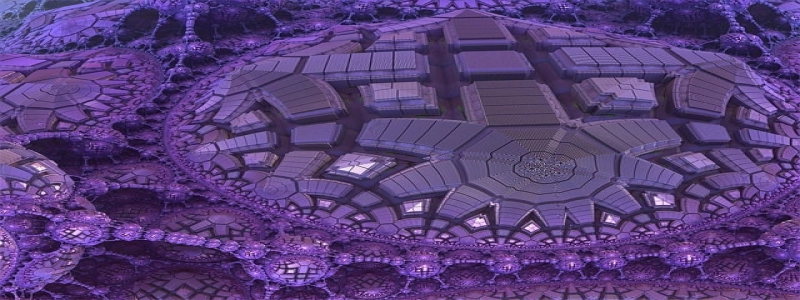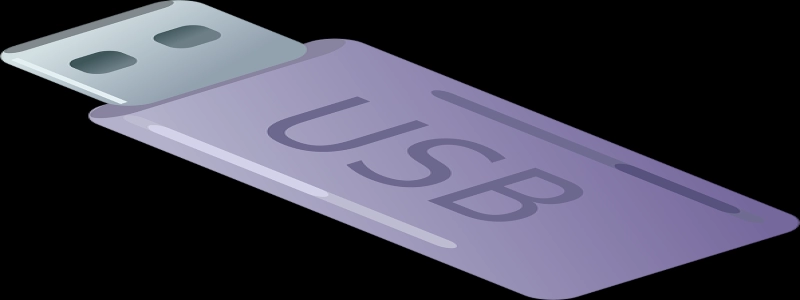Gigabit Ethernet Passive Optical Network
Introduction:
Gigabit Ethernet Passive Optical Network (GEPON) is a technology that enables the transmission of high-speed data over a network using optical fibers. This article will provide a detailed explanation of the GEPON technology, including its architecture, components, and advantages.
I. Architecture:
1. Optical Line Terminal (OLT):
– The OLT serves as the central control unit of the GEPON network.
– It is responsible for converting the electrical signals received from the user equipment (UE) into optical signals for transmission over the optical fiber.
– The OLT also manages the distribution of data and control signals within the network.
2. Optical Network Unit (ONU):
– The ONU is the endpoint device that connects to the user’s equipment.
– It receives the optical signals transmitted over the optical fiber and converts them back into electrical signals.
– The ONU also provides various network services to the user, such as internet connectivity and voice communication.
II. Components:
1. Optical Fiber:
– The optical fiber is the medium through which the data is transmitted in the GEPON system.
– It consists of a thin strand of glass or plastic that can carry high-speed data signals over long distances.
2. Splitters:
– Splitters are used to divide the optical signal into multiple paths to serve multiple ONU devices.
– They enable the network to support multiple users simultaneously without compromising the bandwidth.
III. Advantages:
1. High-speed Data Transmission:
– GEPON technology allows for the transmission of data at gigabit speeds, enabling fast and efficient communication.
2. Scalability:
– GEPON networks can easily be expanded by adding more ONUs and splitters.
– This scalability makes it an ideal solution for both residential and commercial applications.
3. Cost-effective:
– GEPON technology eliminates the need for individual fiber connections to each user.
– By utilizing splitters and shared optical fibers, the cost of infrastructure deployment is significantly reduced.
4. Reliable:
– Optical fibers used in GEPON systems are resistant to electromagnetic interference, resulting in a more reliable network connection.
Conclusion:
Gigabit Ethernet Passive Optical Network (GEPON) technology offers significant advantages over traditional copper-based networks. Its high-speed data transmission, scalability, cost-effectiveness, and reliability make it an ideal choice for modern communication systems. As technology continues to evolve, GEPON will likely play a crucial role in shaping the future of high-speed data networks.








